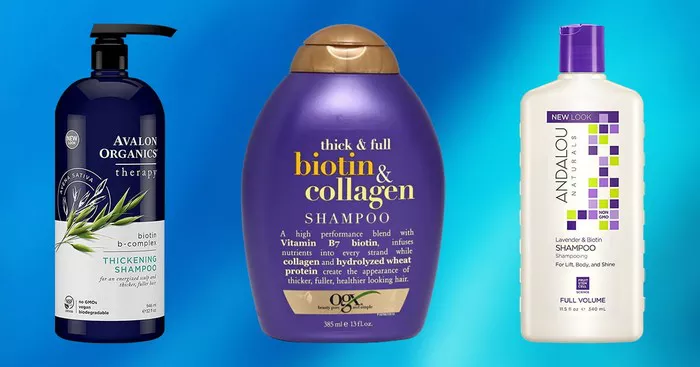When it comes to selecting the perfect hairstyle, damaged hair can be a real downer. Even the trendiest cut and color can lose their impact without well-maintained locks. Common signs of damaged hair include split ends, lack of moisture, and overall dullness. Identifying the problem is the first step in restoring your hair’s health and shine.
New York City-based trichologist and founder of Leona, Shab Caspara, explains that a poor hair care routine can lead to weaker, frizzier, and more brittle strands over time. There are several common causes of hair damage, including mechanical damage (from brushing, hair ties, extensions, and friction), chemical damage (from excessive bleaching or processing), and thermal damage (from flat irons and curling irons). However, it’s not just external factors; internal issues like medication, diet, vitamin deficiencies, hormones, and styling habits can also contribute to hair damage.
While you can’t completely repair a compromised hair fiber, there are measures you can take to prevent further damage. Caspara emphasizes the importance of adjusting hairstyling habits and adopting practices that promote hair health and nourishment. Incorporating a weekly deep treatment with nourishing ingredients such as fatty acids, silk proteins, conditioning oils, and humectants can help. Consulting with a doctor to address any underlying health conditions affecting your hair is also advisable.
Let’s delve into three common causes of damaged hair, how to mitigate the harm, and steps to take for healthier hair:
1. Mechanical Damage
How it occurs: Mechanical damage arises from everyday wear and tear on your hair, including brushing, tying styles tightly, exposure to the elements, and other external factors that lead to hair breakage, weathering, and loss of protective cuticles.
a. Repair: Severely damaged hair with split ends or breakage cannot be fully restored. A trim or haircut is often the best solution. To minimize the signs of mechanical damage, give your hair a break from styling tools and embrace your natural texture. Use products that help improve hair health, like nourishing water or beach wave products. Oils can also help reduce frizz and add shine to your recovering hair.
b. Prevention: Be gentle when handling wet hair, using a wide-tooth comb or wet brush. Air dry your hair as much as possible before styling. When using hot tools, choose brushes with boar’s hair bristles or a mix of plastic and boar’s hair, avoiding metal brushes. Protect your hair while sleeping by using satin or silk pillowcases, scarves, or bonnets to prevent tangling and matting.
2. Chemical Damage
How it occurs: Chemical damage often results from frequent and harsh chemical processing, such as hair color treatments and retexturizing procedures. These processes can weaken hair cuticles, making them less able to retain moisture and leading to a loss of shine, elasticity, and breakage.
a. Repair: Bond-building hair products can help improve the quality of hair after slight chemical damage. These products rebuild amino acid bonds in the hair’s keratin. However, they cannot repair split ends or severe breakage. Options like Olaplex No. 7 Bonding Oil or K18 Biomimetic Hairscience Leave-In Molecular Repair Hair Mask are popular choices.
b. Prevention: Maintaining a consistent hair care routine and getting regular trims can prevent severe chemical damage. Trim off dead ends and allow healthy hair to grow. Using sulfate-free shampoo and conditioner is essential, as sulfates can strip the hair of natural oils. Invest in products that promote hair health, including those rich in vegan silk proteins or designed to combat dryness.
3. Heat Damage
How it occurs: Frequent use of heat tools, like flat irons and curling irons, can damage hair by eroding the cuticle, causing strands to lose their moisture retention ability. Excessive heat can even singe hair strands.
a. Repair: While you can’t fully undo heat damage, regular trims and changes to your hair care routine can help. Ensure your shampoo and conditioner are sulfate-free. Use bond-building products to strengthen the hair and prevent future damage.
b. Prevention: Air dry your hair or use your fingers to remove most of the moisture before using hot tools. Apply thermal protectants before styling. Lower the temperature of your hot tools and avoid using metal brushes. Opt for brushes with boar bristles or a combination of plastic and boar’s hair bristles. Protect your hair while sleeping with satin or silk pillowcases, scarves, or bonnets to prevent tangling and matting.
In summary, maintaining healthy hair involves understanding the causes of damage and taking proactive steps to prevent further harm while promoting hair health and recovery.


